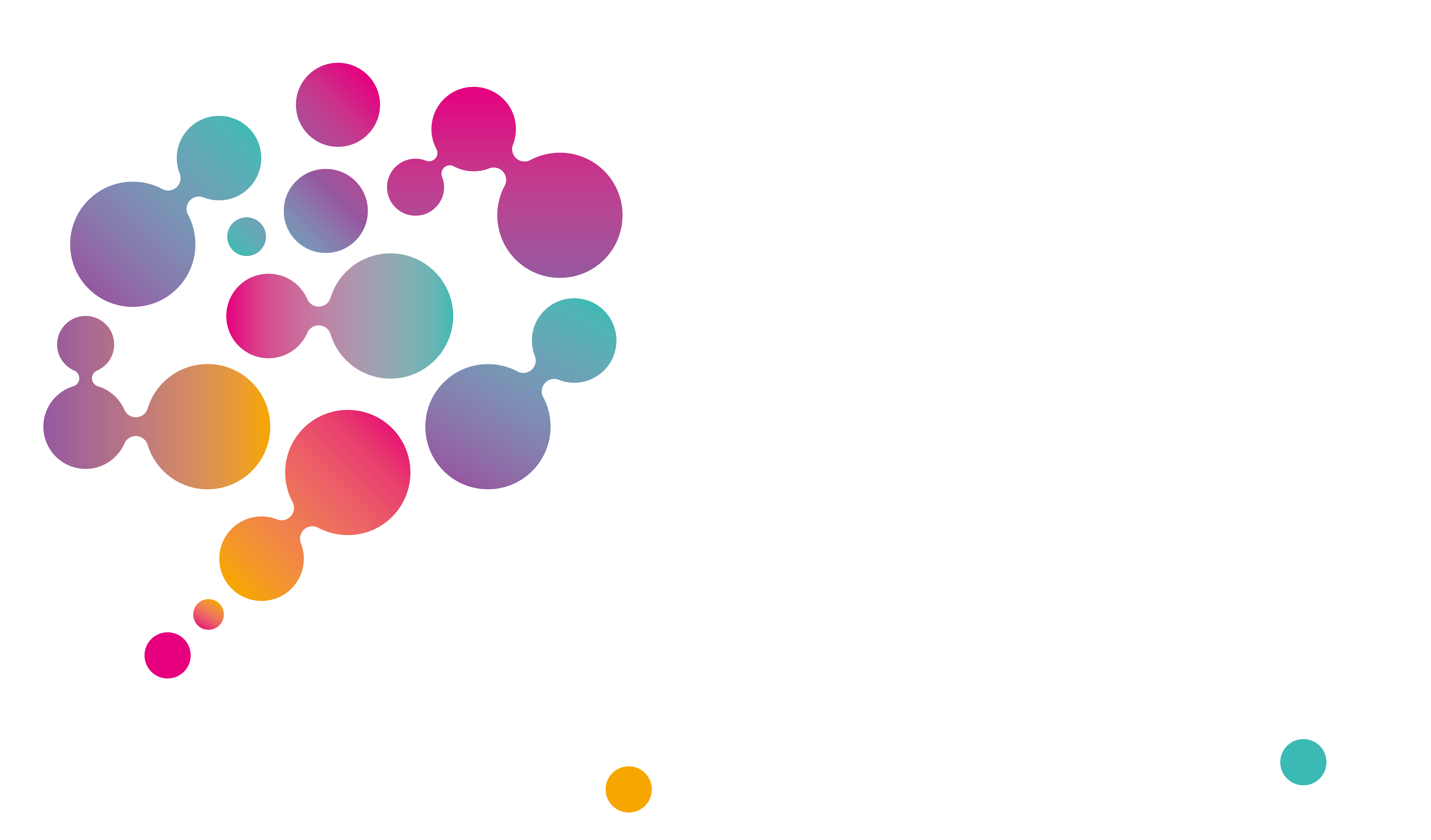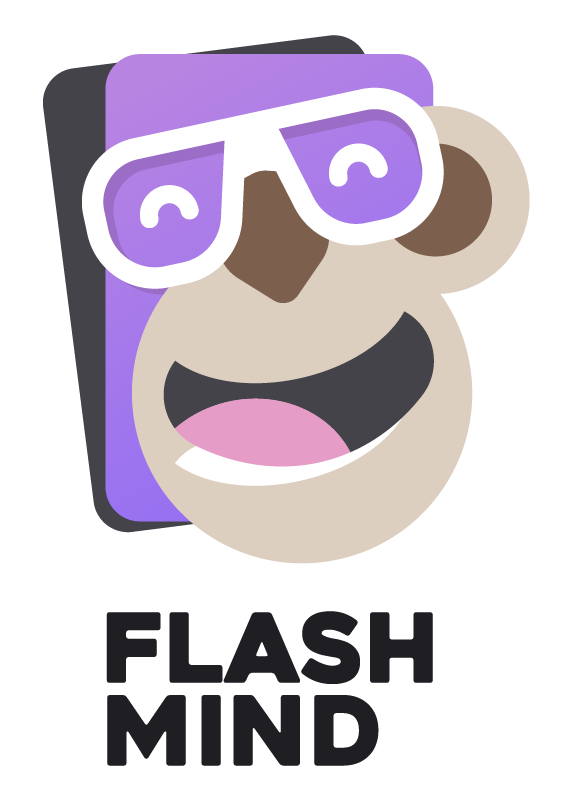Ensuring inclusion is a big part of a teacher’s job. Every teacher wants his/her students to be well-integrated in the classroom, engaged and to actively participate in the learning process. Nonetheless, creating a learning environment that works for all students, whether they have mild or bigger learning difficulties, such as Specific Learning Disorders or disabilities, not speaking the school language, coming from a low-income family, or simply finding it harder to learn and achieve for other reasons, is very challenging.
At the same time, teachers are challenged to ensure inclusion while integrating new, innovative teaching and learning material in their classroom. For example, in many cases, using digital material can be less accessible for all. Simply proposing a gamified activity that requires motor skills, can also be an obstacle for some learners. To tackle this, teachers should look for adaptations of the material, methodology and practice.
Looking at our Erasmus+ project FLASH MIND, we propose using flashcards as a useful and innovative educational resource, which is very effective for visual learners and students with specific learning disorders (SLDs). Nonetheless, even though visual representation used in flashcards has a real impact on learners with SLDs, teachers still need to be cautious when creating and using flashcards in their classroom.
Developing a series of lesson plans and flashcards in digital form, we aim to be as inclusive as possible, so we make sure all the content we develop has been adapted for these learners. In this article, we wish to provide you with some recommendations on creating adaptive flashcards yourself in digital format based on our experience in developing such content.
Image source : École photo créé par freepik – fr.freepik.com
Here is our short list of tips for adaptations on digital flashcards:
- Organize series of flashcards which deal with one specific objective, topic or a key idea. In digital format it is easier to create a bunch of cards, but it is recommended to limit your series to 20, maximum 30 cards.
- Keep each flashcard simple. Remember that flashcards are designed so that learners can absorb the information at one glance. Thus, it is important to keep the content on the flashcard short; maximum 8-10 words text on each flashcard.
- Simplify the text so that it is easy to understand. More complex topics require longer texts, which is not recommended on one flashcard, so feel free to break it down to more cards.
- Make sure the images correlate with the information on the card. It is essential to find explanatory images that can pass the message clearly and help learners make links easily. If irrelevant, they can cause distractions from the actual topic.
- Take care of the quality of the visuals. This is crucial for adaptive content as visual learners can benefit greatly from suitably used visuals. Ensure a good size and quality of images, as well as quality of image and sound in your videos.
- Use various types of media. Since we are talking about digital flashcards, you can not only mix images and text, but also use more interactive material such as GIFs or short videos!

Are you interested in learning more?
Stay tuned to our news and to the FLASH MIND official project website which available here.
An Erasmus+ project
Visit the project’s website![]() Follow the project on Facebook : @Logopsycom
Follow the project on Facebook : @Logopsycom
#flashmind #erasmusplus
In collaboration with: Edulog, Les Apprimeurs, European Education & Learning Institute, Euphoria, Universitatea din Pitesti

